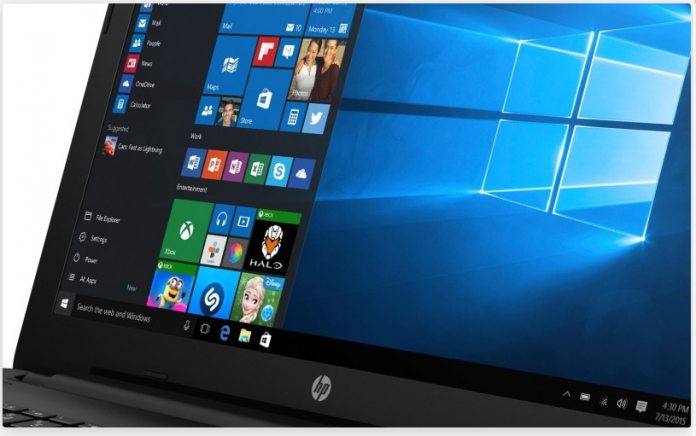“Your device has recently recovered from a startup failure if you have received this notification: ‘We removed some recently installed updates to recover your device from a startup failure.’ If Windows detects this, it will try to resolve the failure by uninstalling recently installed updates. This is only done when all other automatic recovery attempts have been unsuccessful.” The page goes on to explain that Microsoft will stop that update from installing for a period of 30 days after its removal. At this point, it will try once again to install the update automatically.
A ‘Commitment to Quality’ or Band-Aids?
This move is a clear response to criticisms, with Microsoft’s OS-as-a-Service model bringing regular updates but more instability. As well as mistakes by Microsoft, driver manufacturers can fail to update their products correctly, causing incompatibility. In the past, we’ve also seen instances of updates playing badly with some anti-virus software. With the April 2018 update users reported issues with Avast that led to black screens and no desktop. This thirty-day buffer should help such instances a little while meaning users have fewer reasons to be scared to install. However, it’s worth noting that you can delay each Windows update by up to 365 days already in the update settings. Ultimately, this change won’t touch the underlying issues with Microsoft’s update practices. It has continually missed important bugs and many times failed to address them in a timely manner. Instead, this change should create a bit of a buffer while the company hopefully makes more long-term changes. The big test for Microsoft now will be the stability of Windows 10 19H1, which comes on the heels of two especially buggy feature updates.




